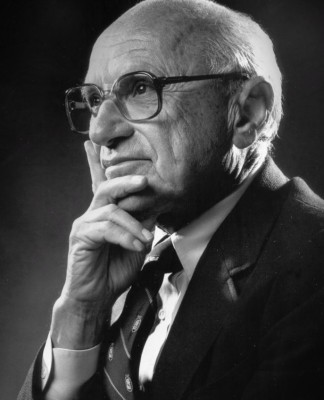BIZTECH NEWS
MONEY
WORK
MOBILITY
HEALTH
HOME
OPINION
SERIES
The Dialogue
Rethink
hacker:HUNTER Next Level
Meet the entrepreneurs
Business Line
Focus
Real Economy
Target
The Exchange
Smart Health
MOBILITY
Usain nuts and bolts: This running robot just broke a Guinness World Record for a 100-metre sprint
‘Cassie’ completed the course in just 24.73 seconds, setting a world record for a 100 m sprint.
‘Cassie’ completed the course in just 24.73 seconds, setting a world record for a 100 m sprint. – Copyright Oregon State University
By Roselyne Min • Updated: 08/10/2022
How fast can you run 100 m? The average sprint time for a human adult ranges between 13 and 14 seconds.
Now, a Guinness World Record for the fastest 100 m run by a robot has been set at 24.73 seconds, breaking all previous records.
Cassie, a two-legged robot, clocked the historic time at the Whyte Track and Field Center at Oregon State University (OSU) in the US.
Worth the hype? What experts are saying about Tesla’s Optimus humanoid robot
It tottered and traversed the lanes on the track but it completed the 100m course without falling over.
Behind the invention of the first running bipedal robot is a team of mechanical engineering, robotics and computer science at OSU’s College of Engineering.
The research team calls the accomplishment “a big watershed moment”.
“This may be the first bipedal robot to learn to run, but it won’t be the last,” Jonathan Hurst, chief technology officer at Agility Robotics and a robotics professor at OSU, said.
Robot imitating human behaviours
Previously, Cassie completed a route of 5 km in 2021 in just over 53 minutes.
“We have been building the understanding to achieve this world record over the past several years, running a 5K and also going up and down stairs,” said graduate student Devin Crowley, who led the Guinness World Record-winning effort.
Cassie uses machine learning to generate control behaviours and imitates human biomechanics, which according to the research team is fairly new.
“I believe control approaches like this are going to be a huge part of the future of robotics. The exciting part of this race is the potential,” Hurst said.
Can robots trick us into thinking they’re human just by copying our behaviour?
“Using learned policies for robot control is a very new field, and this 100-meter dash is showing better performance than other control methods. I think progress is going to accelerate from here,” he added.
Training Cassie didn’t take long, thanks to a computing technique known as parallelisation, which ensures multiple processes and calculations happen simultaneously.
In Cassie’s case, it was compressed from a full year to just a week.
For more on this story, watch the video in the media player above.
Video editor • ROSELYNE MIN






























